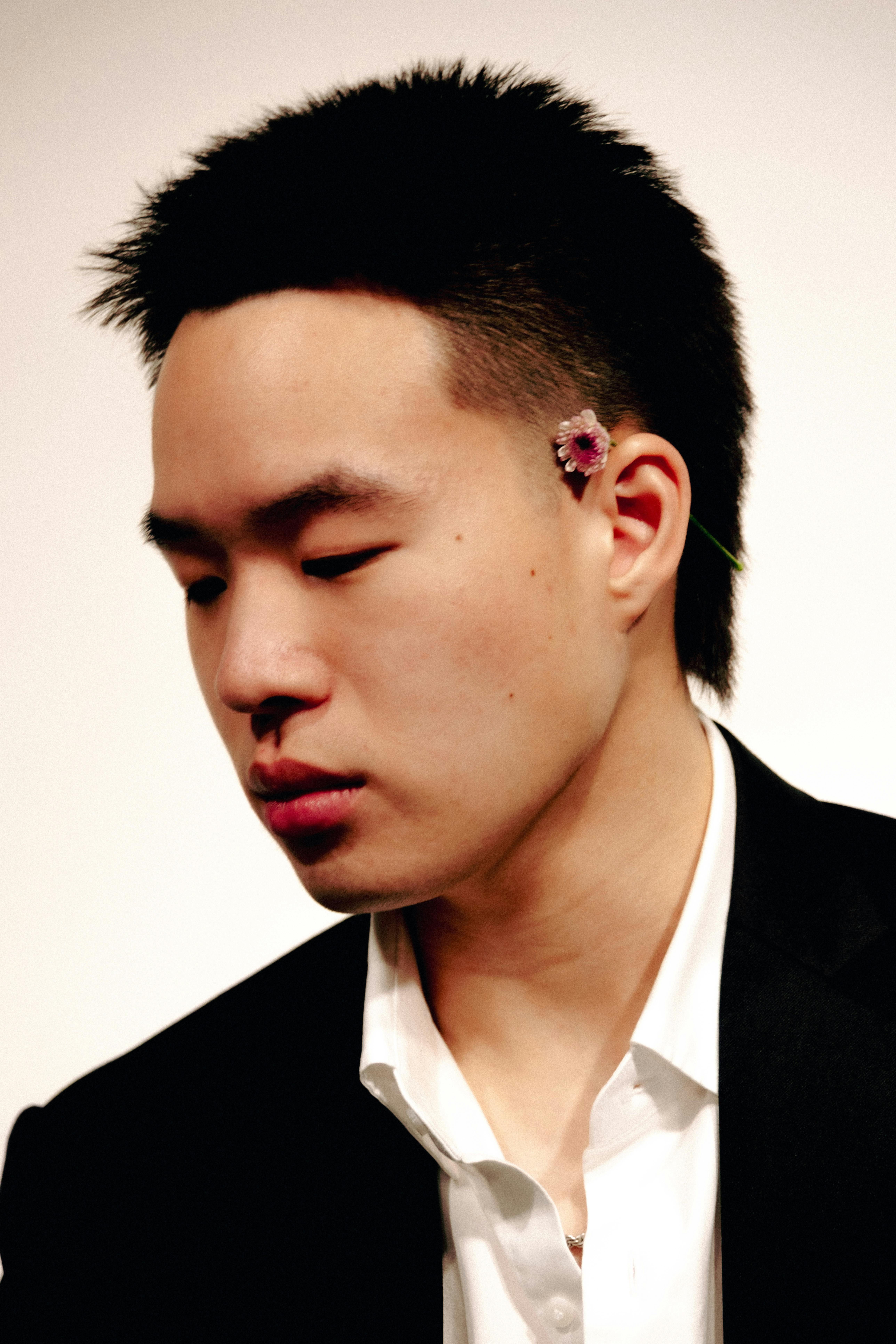Effective Tips for Quick Recovery from a Cut Lip
A cut lip can be a painful and bothersome experience. Whether caused by a fall, accidental bite, or common lip irritation, swift care is essential for effective recovery. Knowing how to heal a cut lip fast is not just about treating the wound; it’s also about ensuring proper lip care to prevent complications such as infection or scarring. This article will provide essential tips on how to heal lip skin post-injury, highlight home remedies, and recommend treatments to promote fast recovery.
When faced with a lip injury, timely intervention can significantly reduce healing time and discomfort. Your aim should be to minimize pain, promote hydration, and protect your lips from contaminants. In this guide, you will learn the necessary steps for caring for your cut lip effectively. Expect expert insights and practical tips to ensure a quick and healthy recovery.
Key takeaways include the importance of gentle care, the best treatments for cut lips, and dietary considerations that can enhance your healing process. Let’s explore practical ways to not only heal your cut lip but also maintain healthy lips in the future.
Immediate Care for Lip Cuts
When you first get a cut on your lip, immediate care can make a significant difference in the healing process. Begin by stopping any bleeding. Applying gentle pressure with a clean cloth can help. Once the bleeding subsides, it's essential to cleanse the cut to prevent infection. Use warm water and a mild soap for lip hygiene. Avoid using alcohol-based products as they may irritate the injured area.
After cleaning, apply a lip antiseptic to protect against bacteria. This not only aids in healing but also minimizes the chances of infection on the cut lip. Additionally, you might want to consider using a soothing lip ointment to keep the area moisturized, which speeds up recovery. Products containing vitamin E or aloe vera are particularly beneficial for their healing properties.
In cases where the cut is deeper, or if excessive swelling occurs, the application of a cold compress can help reduce inflammation and soothe pain. Simply wrap ice in a cloth and apply it to the area for up to 10 minutes, allowing rest periods in between.
Natural Remedies for Lip Cuts
Turning to natural remedies can be both effective and comforting for treating cut lips. One highly regarded method is using honey, known for its antibacterial qualities. Applying a thin layer of honey to the cut can keep it moist and promote healing, while also preventing further irritation.
Another excellent option is using foods like banana peels, which contain compounds that may help in the healing process. Applying the inner part of the peel to the affected area for 15-20 minutes can provide relief and aid in skin regeneration for lips.
Additionally, maintaining a balanced diet rich in essential nutrients can enhance your body’s natural healing capabilities. Foods high in collagen, like bone broth, can support skin repair, while staying hydrated helps maintain optimum skin health.
Herbal treatments, like chamomile, can also be beneficial. Brew chamomile tea, cool it down, and use the tea bag as a compress on your cut lip. This simple remedy will help in reducing inflammation and discomfort.
Best Practices for Lip Healing
To maximize healing, establishing a consistent lip care routine is vital. Gentle lip cleansing should be prioritized to remove any debris while keeping the area clean and protected. Use a pH-balanced lip wash or simply warm water without harsh additives.
Once the area is clean, it’s time to apply a nourishing lip balm or ointment. Opt for products free from irritating chemicals and instead focus on those infused with natural ingredients. These will provide a protective barrier while aiding in moisture retention. Applying vaseline can also accelerate the healing process.
It’s critical to avoid foods that may irritate the cut, such as acidic or spicy items, especially in the first few days of recovery. Instead, stick to soft, non-irritating food options. Remember, your diet can affect your healing time! Incorporate foods high in vitamins C and E to boost skin health.
Also, limit the use of lip products during the healing phase. This includes minimizing the use of lipsticks or tints, as they can cause further irritation. Allow your lips the chance to heal naturally, while protecting them from external contaminants.
Signs of an Infected Lip Cut
Monitoring your cut lip for signs of infection is crucial. Early recognition can prevent more severe complications. Important indicators include increased redness, swelling, or warmth around the cut. Pus or unusual drainage is a clear warning sign that medical attention is needed.
If you experience persistent pain or if the cut looks worse instead of better after a few days, it’s advisable to consult a healthcare professional. They may provide you with over-the-counter lip treatments or, if necessary, prescribe a topical antibiotic to target any potential infections.
Understanding when to seek professional help is part of effective lip injury management. If you have concerns about scarring or if your injury impacts your daily activities or speech, do not hesitate to reach out to a dermatologist or healthcare provider for personalized advice.
Conclusion: Protecting and Caring for Your Lips
Healing a cut lip requires a combination of immediate and ongoing care to ensure a quick recovery while preventing complications. Remember to keep the area clean and moisturized, use home remedies wisely, and watch for infection signs. Emphasizing gentle treatment and protecting your lips can significantly influence the healing process.
By adopting a healthy diet, staying hydrated, and implementing the right care strategies, you can support your body in the healing journey. Regular lip care may prevent future injuries and complications, creating a positive cycle of well-being for your lips. Ensure you also educate yourself on effective lip care habits moving forward for sustained lip health.
